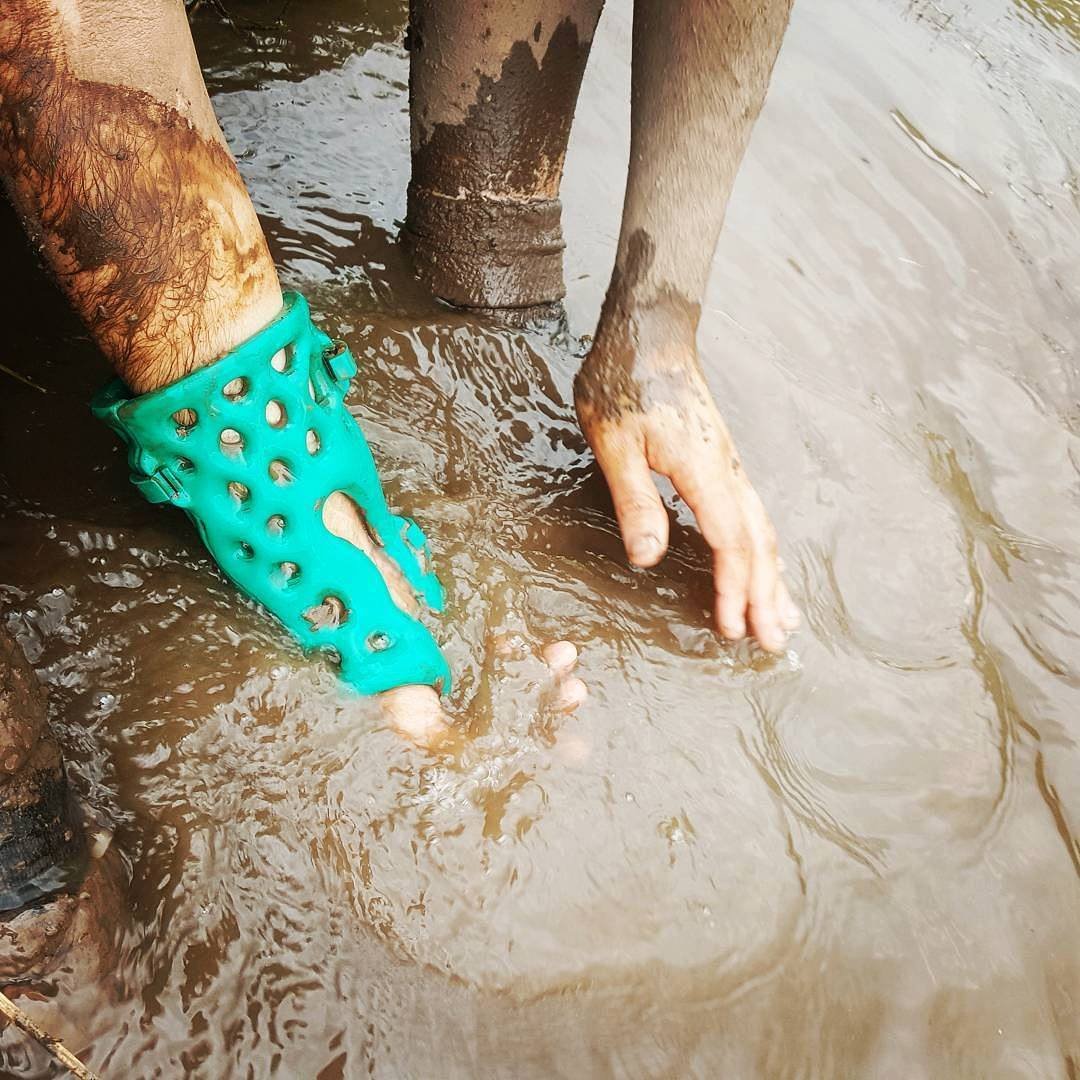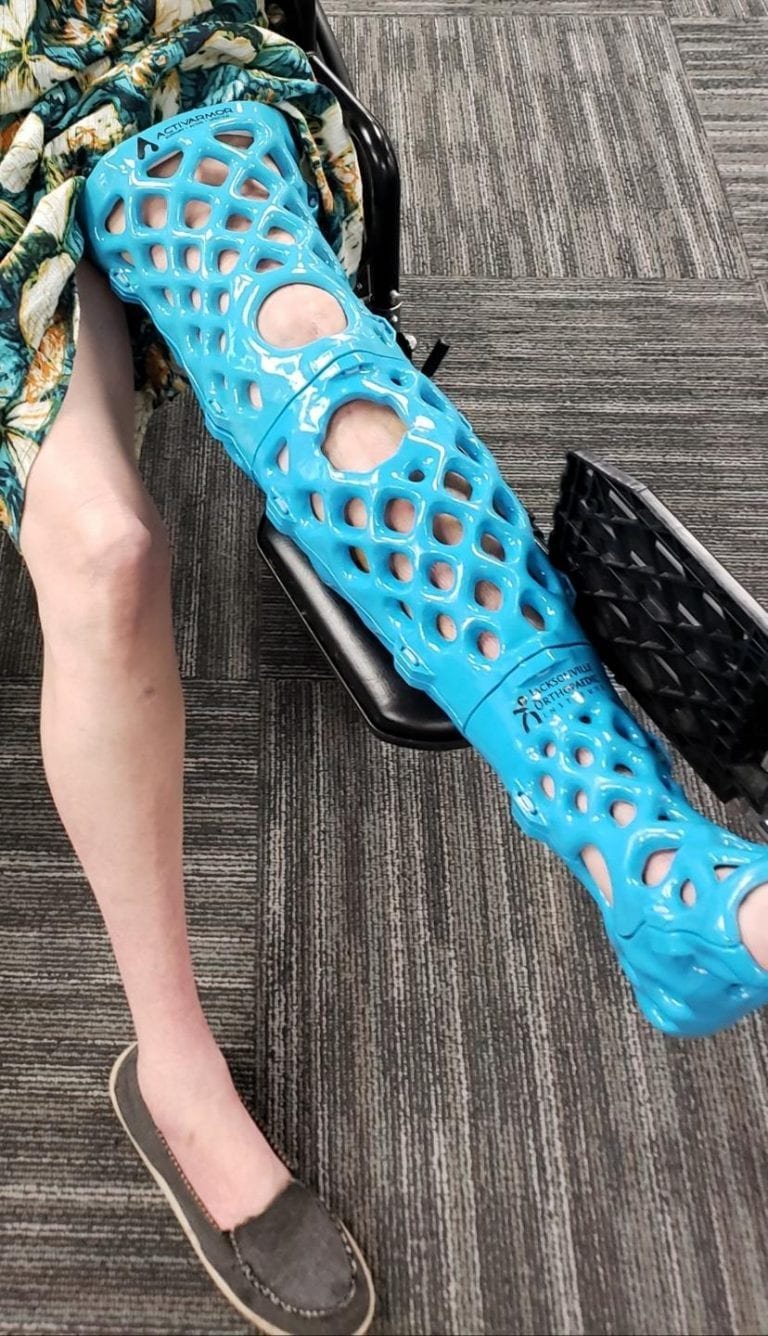3D printed casts Catch Infections Earlier
49ers’ Trent Taylor is the latest to make news as an infection after surgery was not found until his cast was removed 2 weeks later. USA Sports Today asked Coach Kyle Shanahan about the incident: “after the second surgery, two weeks into it, when they take the cast off to put a new one on just to see how it was, it was infected. So, they had to start that over again,” which resulted in a long and painful recovery for the player.
Traditional casts can trap moisture against the skin – a breeding ground for bacteria. This can be especially dangerous in post-surgical treatment, and injuries with skin lacerations.
The Surgical Outcomes Information Center recently published Surgical Site Infection data, in which Orthopedics reported a 0.3 percent infection rate. Orthopedics had the third highest case volume per specialty in the 2010 survey, and reported an average of three infections for every 1,000 procedures.[1] Jennifer Green, vice president of network development for SOIX stated:
“With all the press that infections in surgery centers have had in the last few years, and the emphasis on infection control practices by regulatory agencies, I think that most surgery centers are very attuned to the fact that this is something people are going to be looking at.”
The CDC states that the ability for doctors to observe the incision site is essential. They state, “Surveillance of SSI [Surgical Site Infection] with feedback of appropriate data to surgeons has been shown to be an important component of strategies to reduce SSI risk.” [2]
ActivArmor allows patients to observe and treat their skin throughout the immobilization phase. This ability is key in early detection and avoidance of infection.
Below is a typical published warning information with traditional casts:
This seems archaic to us here at ActivArmor, and we have a better option:
With our waterproof, breathable, hygienic casts, the skin is easily observed and treated while being immobilized for healing. Incisions and post-surgical hardware can be exposed or protected. In addition, changes in swelling are easily seen and accommodated, which can reduce the risk of compartment syndrome.
Learn more about why athletes choose ActivArmor after injury on our website.





